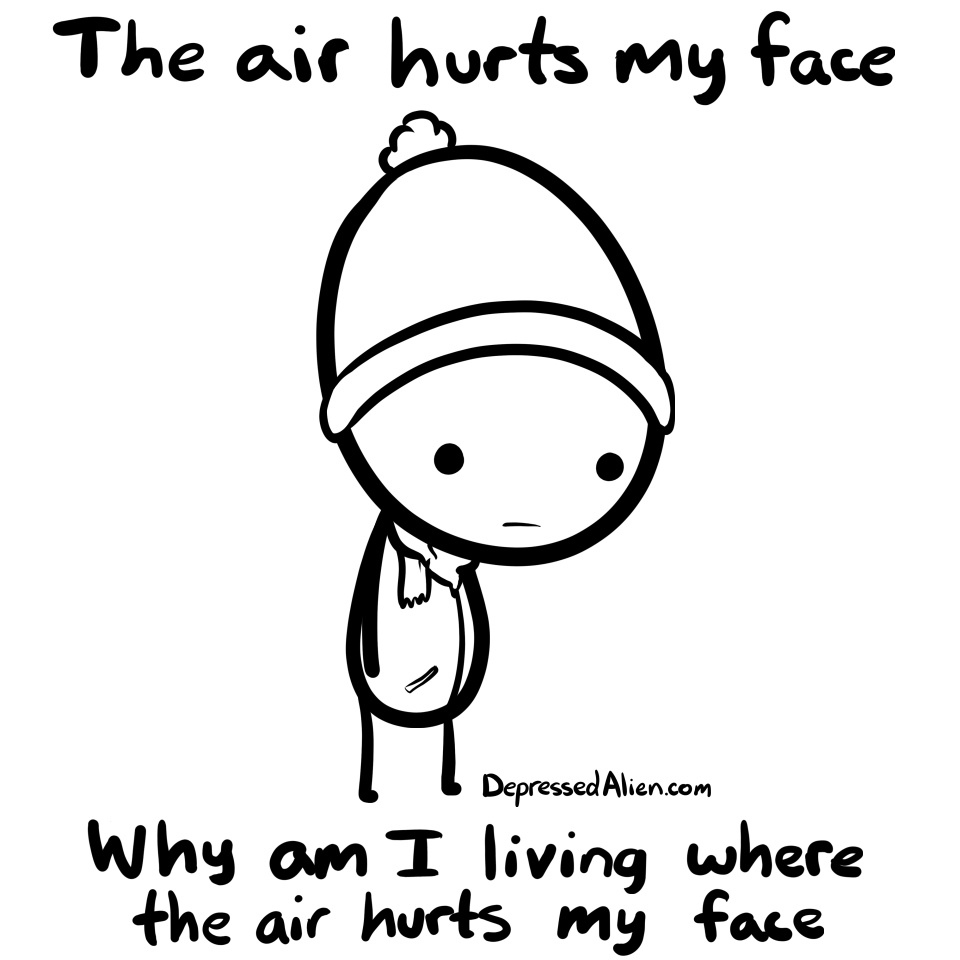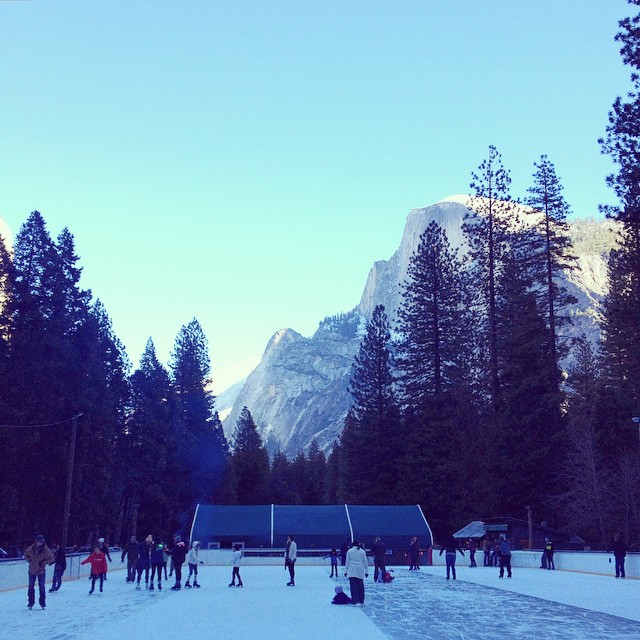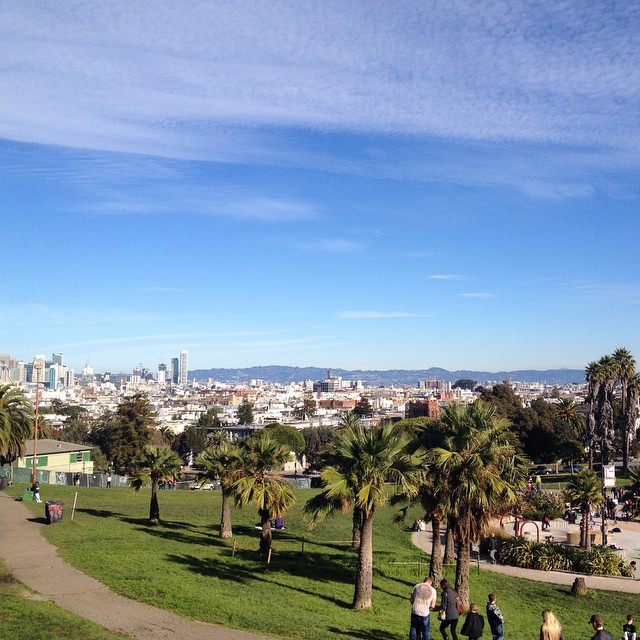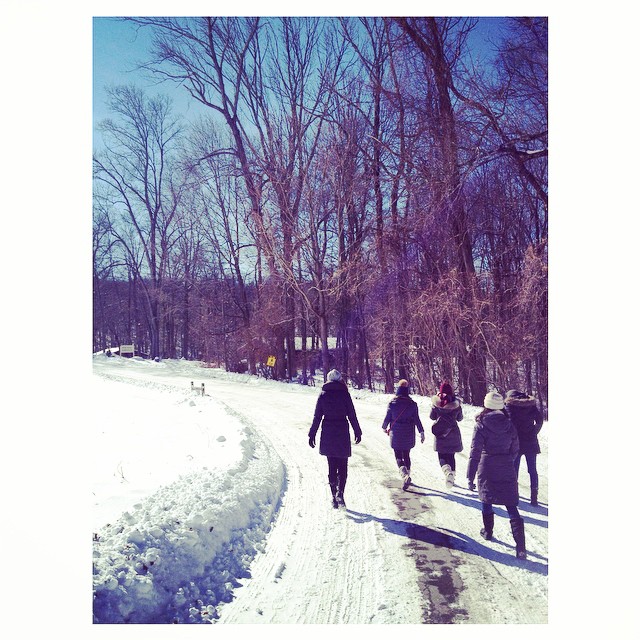Spring has come and I couldn’t be happier!
This winter I was sick more times than I have been during the last three years. Where I would have been down briefly once a year during the ‘flu-season’, I was pretty much down with something for the entire three to four months of winter. Coming from sunny Perth, Australia where in the winter, blue skies are a common sight and snow is not – it could be concluded that the snowy, cold, sunlight-void Newark winter was a shock to the system.
Or it could have been due to my work, which involved daily interaction with 300 kids and thus exposure to the myriad of ailments that accompany this environment, especially during flu season.
Or it could have been that the stress of certain personal and professional challenges that I was going through particularly at the beginning of winter had also got my immune system working overtime.
The most likely explanation is that my winter health battles were due to a combination of all the above factors. But challenges are always great teaching moments. So as the next class of GHC international fellows prepare their move abroad, these are my tips for surviving the winter in United States. Especially for those who are hot-climate/mild-winter humans like me.
- Nutrition
“Let food be thy medicine and medicine be thy food.” – Hippocrates
I’m a dietitian by trade so naturally I start with highlighting the importance of what you eat. Food makes up the building blocks of our body and we need the vitamins and minerals from healthy, fresh food in order for our body systems to function optimally.
One vitamin that is especially crucial for surviving the winter is Vitamin D. And there is very little provided through food. The best source is from the sun; when sunlight hits our skin our body can make Vitamin D, and from supplements. There are many factors that impact how much Vitamin D your body can make, which you can read about here. One particular factor is where you live.
As the Vitamin D Council explains:
“The further you live away from the equator, the less vitamin D you can make during the winter, if at all. In the summer, when the Earth rotates, the angle improves and more UVB reaches the places far away from the equator, allowing you to produce vitamin D outside of winter months.
For example, in the southern United States, in places like Florida, your body can produce vitamin D most of the year, while in more northern places, like New York City or Boston, you can’t produce much vitamin D from November through March. If you live even further north, like in Edmonton, Canada, you can’t produce vitamin D from October through April. These times are even longer (by a month or two) if you’re skin type is darker.”
Living in Australia, I never had to take Vitamin D supplements, hence why it didn’t occur to me take them as the winter approached in Newark. Once I did however, I personally felt the benefits. As stated above, the ability to produce Vitamin D during winter in northern USA is minimal, and thus I would recommend getting your Vitamin D levels checked during the fall and asking your doctor about Vitamin D supplementation to ensure you get the recommended levels you need.
- Appropriate clothing
Layers, layers, layers! That is the key to surviving the wind chill and frosty snow, while also preventing overheating when riding public transport or working in heated offices. Think thermals, sweaters, fleece lined tights under pants, thick socks, gloves, scarves, beanies, snow/waterproof/thermo-lined boots, thick wool coats, ear muffs… it is an extensive list but it is a necessary one! And if you come from a non-snowy country like me, just think of having these clothing items as a great reason to plan your next winter wonderland holiday! Or you can simply sell/donate them at the end of the year.

- Stay connected
Humans are designed for community and relationship. Winter in the northern US can get pretty dark and gloomy, especially if you are used to being free to be outdoors/seeing sunshine for most of the year. So it is helpful to surround yourself with people whom you can survive the winter with where you are placed and also staying connected to family back home. Also, I can honestly say that the GHC community is real and is one of, if not THE greatest aspect of the fellowship year. The friends I have made with the fellows in our US country group and those placed abroad, have been incredible sources of support and inspiration.
- Recreation
But the winter isn’t all that bad. There is something so beautiful when fresh snow is covering the landscape. It is also super fun to play in and sled on! Yes it might be cold out but there are still fun things to do and places to go, especially since Newark is so close to New York City – movies, dinner parties, board game nights, watch a winter game, go to a concert, ice-skating and dance classes are some of activities I did. And if the cold really gets too much, I highly recommend taking a quick vacation to the west coast or the southern US where winter temperatures are much warmer!


- Understand your health insurance
This is important! In the US, the first thing health care providers often ask you is not “what would you like to see the doctor for?”, but rather: “which insurance are you with?”
Why? Because that weighs heavily into the fact of whether a visit to that doctor is going to be an option for you or not, and how much you will have to pay out of pocket. The first time I heard that I was quite thrown off. So although I would have preferred not to be sick, it was the best learning opportunity to understand the US health care system somewhat better. Here are some tips:
- Read up on common terms and their definition – this helps when you have to fill out forms
- Know the name of your health care insurer
- Call your insurer/health insurance carrier to obtain the most up to date list of in-network providers. I have found that lists provided on websites are usually out of date.
- Keep a copy of your health care ID card on you for reference
- Know the process for submitting a claim, such as for any prescription medications purchased that aren’t covered by insurance.
- GHC mid-year retreat
Every cloud has a silver lining – this is it. Our mid-year fellowship retreat comes in the middle of winter and is a much-appreciated getaway for many. All the retreats are held in beautiful locations, surrounded by nature. The mid-year retreat is longer that first and third quarter which provides ample time and space to rest and rejuvenate. There are opportunities to hang out with your GHC family of fellows, and also appreciation for the need to have alone time if one wants to. I guarantee you will leave refreshed, re-energized and very, very well fed.

Even as access to care is an aspect of global health discussions, hopefully these points have provided some practical advice to helping us remember the importance of accessing self-care. Because it is when we are well and at our best that we are better able to serve others.
